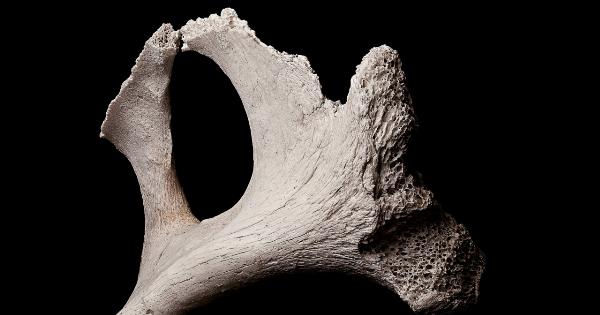An erection is a natural and normal bodily function in males. However, when an erection becomes painful and prolonged, it can cause a great deal of distress and anxiety.
This condition, known as priapism, is not only uncomfortable, but it is also a medical emergency that requires immediate attention.
What is Priapism?
Priapism is a condition where an erection lasts longer than four hours and is not related to sexual arousal. There are two types of priapism – ischemic and non-ischemic.
Ischemic priapism is a medical emergency that occurs when there is a blockage in the blood vessels that supply the penis. This blockage prevents blood from draining from the penis, resulting in a painful erection.
Non-ischemic priapism is less severe and usually not painful – the erection is caused by an injury to the penis or surrounding tissue.
Symptoms of Priapism
The main symptom of priapism is an erection that lasts longer than four hours, and is not related to sexual arousal. This erection may be painful or uncomfortable, and may cause swelling and tenderness of the penis.
Other symptoms of priapism may include:.
- An inability to achieve an erection
- A painful or curved erection
- Discoloration of the penis
- Numbness or tingling in the penis
- Fever, fatigue, or other signs of infection
Causes of Priapism
Priapism can be caused by a variety of factors, including:.
- Sickle cell anemia
- Leukemia
- Drug or alcohol abuse
- Trauma to the penis or surrounding area
- Use of certain medications, including those used to treat erectile dysfunction
- Spinal cord injuries
- Infection
Dangers of Untreated Priapism
Leaving priapism untreated can have serious consequences, including:.
- Erectile dysfunction
- Penile fibrosis (hardening of the tissue in the penis)
- An increased risk of infection
- Permanent damage to the penis and surrounding tissue
- A decrease in overall quality of life
Treatment for Priapism
If you are experiencing an erection that has lasted longer than four hours, it is imperative that you seek medical attention immediately. Time is of the essence, as untreated priapism can lead to serious, long-term damage.
The first step in treating priapism is to identify the underlying cause of the condition. Your doctor may recommend a physical exam, blood tests, and imaging studies (such as an ultrasound) to help determine the cause of your priapism.
In some cases, medication may be used to reduce the blood flow to the penis and alleviate pain. Other treatments may include drainage of blood from the penis, or surgery to repair or remove damaged tissue.
Preventing Priapism
While priapism is often the result of underlying medical problems, there are some steps you can take to reduce your risk of developing the condition:.
- Avoid using illegal drugs and excessive alcohol
- Use caution when taking medications, particularly those used to treat erectile dysfunction
- Report any symptoms of penile trauma or injury to your doctor immediately
- Exercise regularly and maintain a healthy weight
- Manage any underlying medical conditions, such as sickle cell anemia or leukemia, according to your doctor’s recommendations
Conclusion
Priapism is a condition that requires immediate medical attention. If you are experiencing an unrelenting and agonizing erection that has lasted longer than four hours, seek medical attention immediately.
With prompt treatment, the underlying cause of your priapism can be identified and treated, reducing the risk of long-term complications and improving your overall quality of life.































